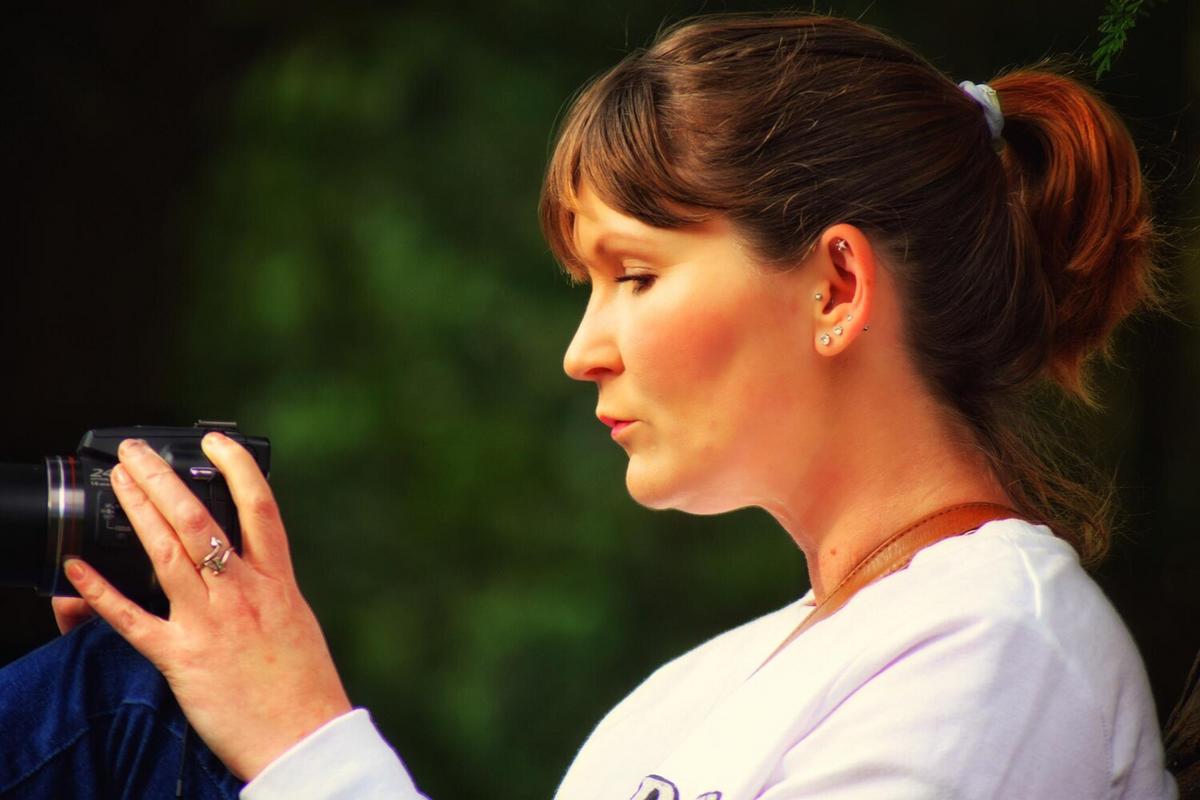
Shooting with Prime Lenses: Pros and Cons
Exploring the world of photography often leads enthusiasts to a crossroads: whether to choose prime lenses or their zoom counterparts. Understanding the unique characteristics of prime lenses can significantly enhance your photographic journey.
Shooting with prime lenses offers a unique set of advantages and challenges that can influence your photography style and outcomes. In this post, we will delve into the pros and cons of using prime lenses, drawing insights from experts, personal experiences, and research findings to guide your choice.
Understanding Prime Lenses
Prime lenses are those with a fixed focal length, meaning they do not zoom in or out. They are available in various focal lengths, such as 35mm, 50mm, and 85mm, each offering different perspectives. But why consider primes over zoom lenses?
Advantages of Prime Lenses
- Image Quality: Prime lenses are renowned for their sharpness and clarity. With fewer moving parts, they often produce superior image quality compared to zoom lenses.
- Wide Apertures: Many prime lenses feature wide maximum apertures (e.g., f/1.8 or f/1.4), allowing for exceptional low-light performance and a shallow depth of field, perfect for portraits.
- Lightweight Design: Without the mechanics of a zoom, prime lenses are generally lighter and more compact, making them ideal for travel and street photography.
Disadvantages of Prime Lenses
- Lack of Versatility: Being fixed at one focal length means you’ll need to physically move to compose your shots, which can be limiting in dynamic environments.
- Frequent Lens Changes: To cover different perspectives, you might need multiple primes, which could interrupt your shooting process.
- Cost: High-quality prime lenses can be expensive, especially if you’re looking to build a diverse collection.
Expert Opinions
Renowned photographer Steve McCurry once emphasized the importance of prime lenses for their ability to “make you think about composition and perspective more intentionally.” This sentiment is echoed by many professionals who appreciate the creative discipline primes impose.
Personal Experience
After switching to a prime setup for my travel photography, I noticed a marked improvement in my composition skills. The limitation of a single focal length pushed me to explore new angles and perspectives, resulting in a more deliberate and thoughtful approach to capturing scenes.
Prime vs. Zoom: A Quick Comparison
| Feature | Prime Lenses | Zoom Lenses |
|---|---|---|
| Image Quality | Exceptional | Good |
| Versatility | Limited | High |
| Portability | Lightweight | Variable |
| Low-Light Performance | Excellent | Moderate |
| Cost | Varies | Varies |
| Lens Changes | Frequent | Infrequent |
| Creative Discipline | High | Moderate |
| Depth of Field Control | Superior | Moderate |
Frequently Asked Questions
Are prime lenses better than zoom lenses?
It depends on your needs. Prime lenses often offer superior image quality and low-light performance, while zoom lenses provide versatility.
Can prime lenses improve my photography skills?
Many photographers find that using primes enhances their compositional skills by forcing them to think more about framing and perspective.
What is the best prime lens for beginners?
A 50mm prime is often recommended for beginners due to its versatility and natural perspective.
Conclusion
Prime lenses offer a unique way to enhance your photography, providing exceptional image quality and creative control. While they come with limitations, the benefits often outweigh the drawbacks for many photographers. Consider your personal style and preferences when choosing between prime and zoom lenses, and remember that both have their place in a well-rounded photography kit.


